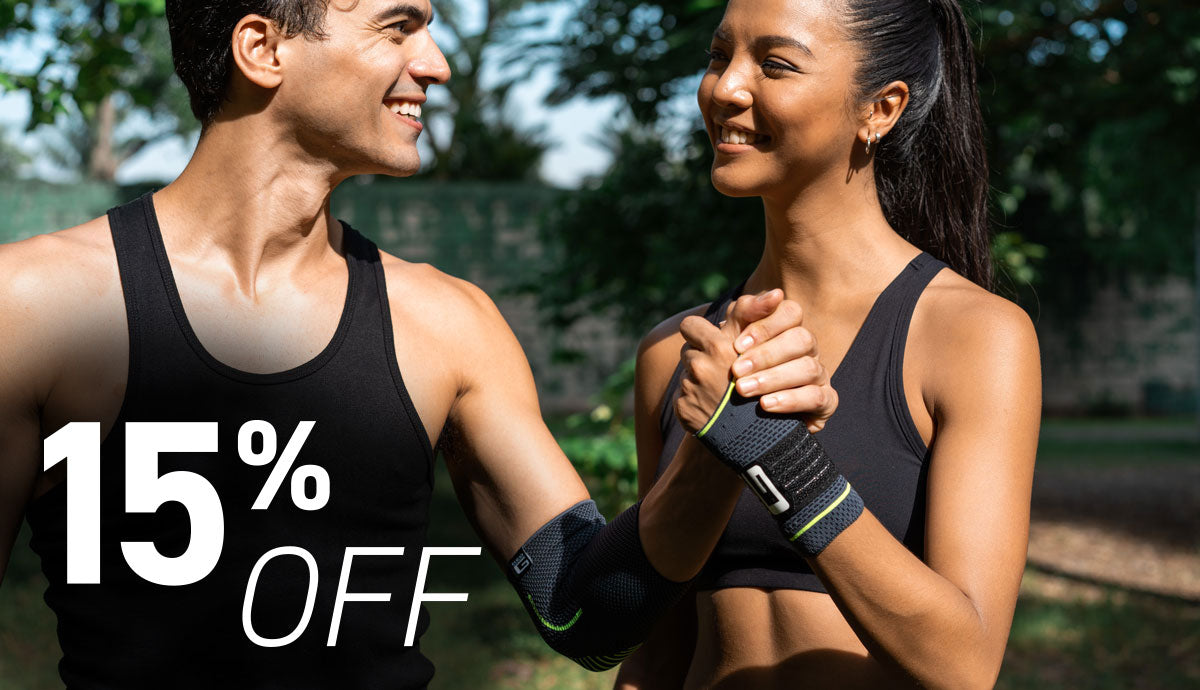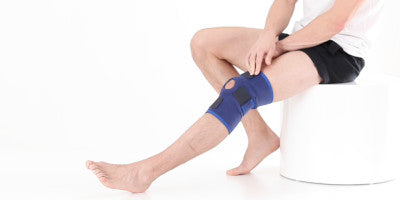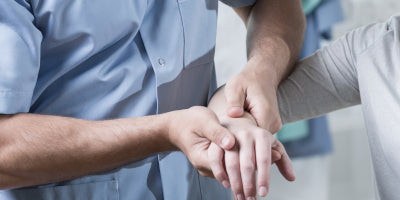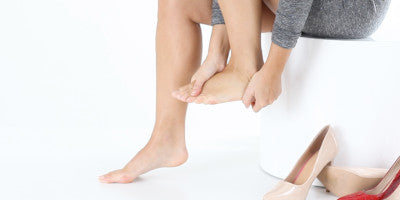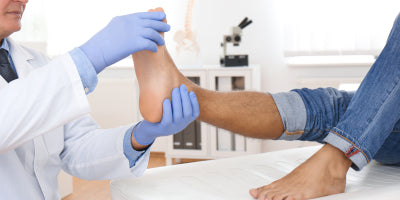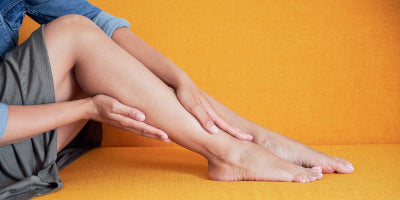Tennis — The health benefits and how to get involved

With the Wimbledon Tennis Championships underway this week, Tennis is the focus of our next ‘Summer of Sport’ mini series. Tennis is a great sport for all ages to enjoy and with the better weather and lighter nights it can be a great activity to do with friends and family to wind down after a busy day at work.
What are the health benefits of Tennis?

Did you know it is estimated that just an hour’s game of singles tennis can burn over 400 calories for both men and women? It’s a great activity if you are looking to lose weight while also improving your overall fitness levels.
As well as improving physically while playing tennis, it also helps to exercise your mind and muscle connection especially your concentration, reaction times and hand-eye coordination – a great combination for keeping active later in life. Tennis can also help children as well which is why getting kids involved in the sport to help with concentration and discipline to keep the ball within the tennis court rather than just hitting and aiming anywhere you want can be great for their overall development.
It is one of a few sports that can be played and enjoyed by people of all ages and with it being non-contact you can be in full control of any potential injury risks. It can also be picked up at any time in your life as the fundamental skills for playing are simple and straightforward – you just need an opponent!
What are the potential injury risks playing Tennis?

Tennis involves lots of repetitive swings in a short period of time, which, even if you have the perfect technical swing can put extra stress on your muscles, ligaments and tendons specifically those around the shoulder elbow and wrist. The repetitive nature can lead to a common injury called ‘tennis elbow’ which is caused through tiny tears to the muscles that attach to the outside of the elbow joint causing inflammation in this region. This causes pain on the outside of the elbow that can also be felt in the forearm as well through various task such as gripping small objects and bending your arm.
In addition, depending on where you play, the court surface can be hard, clay, grass or carpet (usually an artificial material). Each surface effects the body in different ways and opens up different potential risks, such as a clay court tends to be more slippery than the others and harder to mover around on which can put a lot of stress on the knee joints. Hard courts which are more common for indoor venues don’t have much forgiveness compared to other courts, so as you run on the court any vibrations and forces are felt more in your ankles and knees.
How can I limit the risk of Tennis injuries?
Before playing, check the condition of the surface you are playing on and adapt to that environment. If you are finding it particularly slippery, then work out is it safe to be playing or rather than sprinting and changing direction can you play a smaller court game and work on technique?
If you are prone to injury, then using a support can be a great way to help protect your joints and limit the risk of injury as much as possible. At Neo G we have a wide variety of supports to fit all body parts with our new Active Range which is perfect for protecting various joints in the body while not limiting your movement or being too bulky. The range features breathable material which means that you can continue playing the game you love without the joint getting uncomfortably hot and sweaty.
As with all exercises, warming up and cooling down is essential and one of the best ways to do this in tennis is to do a gentle rally with your opponent going through all the different types of shot you may play during a match but at a slower controlled pace.
Finally, know your limits and listen to your body. Just because you were able to play a two hour game a week before doesn’t mean this time you will be able to do the same this time. Many factors could have changed since the last time you played; from a change in temperature to you being more active prior to your match, so if you are feeling tired take a break. Most avoidable injuries to yourself will be caused when you are tired and your body tries to compensate to do a movement with other weaker muscles.
How do I get involved?

If you’re looking for a fun, social activity with a fitness benefit then there are various sites that offer Cardio Tennis which is a group fitness class incorporating tennis skills as well. The Lawn Tennis Associations (LTA) website is a great resource for tennis related information https://www.lta.org.uk/play-compete/getting-started/adult-tennis/
One of the biggest preconceptions of tennis is that you need to be skilled to enjoy playing it, or that it will cost a lot of money to play. This isn’t the case and actually tennis can be one of the cheaper sports to pick up. The vast majority of places in the UK will have some public courts which you can hire for periods of time and don’t require you to be members, you can often hire equipment as well... So, what are you waiting for – get your bat and ball at the ready!
Our Active range of knitted supports provide a snug, yet flexible fit during sporting and occupational activities. Multi Zone Compression surrounds muscles and joints for targeted support and the multi-way stretch allows flexible and safe movement, providing comfortable support and reducing the likelihood of injury. The specialist breathable fabric helps control moisture during intense activities, whilst the slimline, lightweight design means it can easily be worn under clothes for everyday wear.
